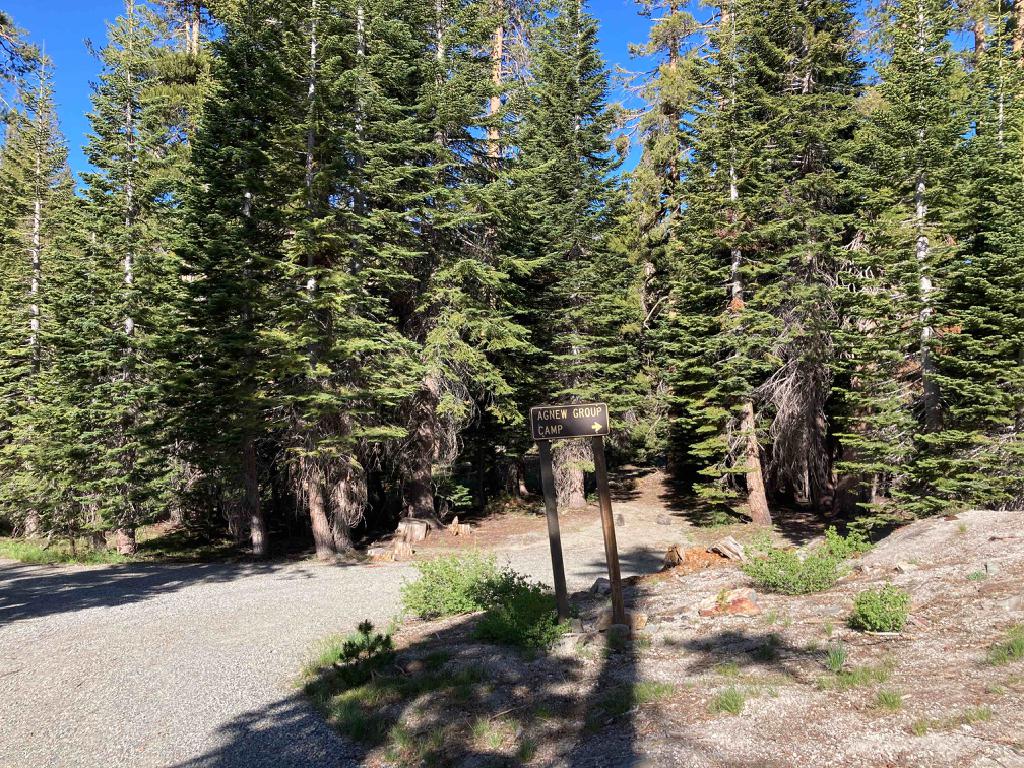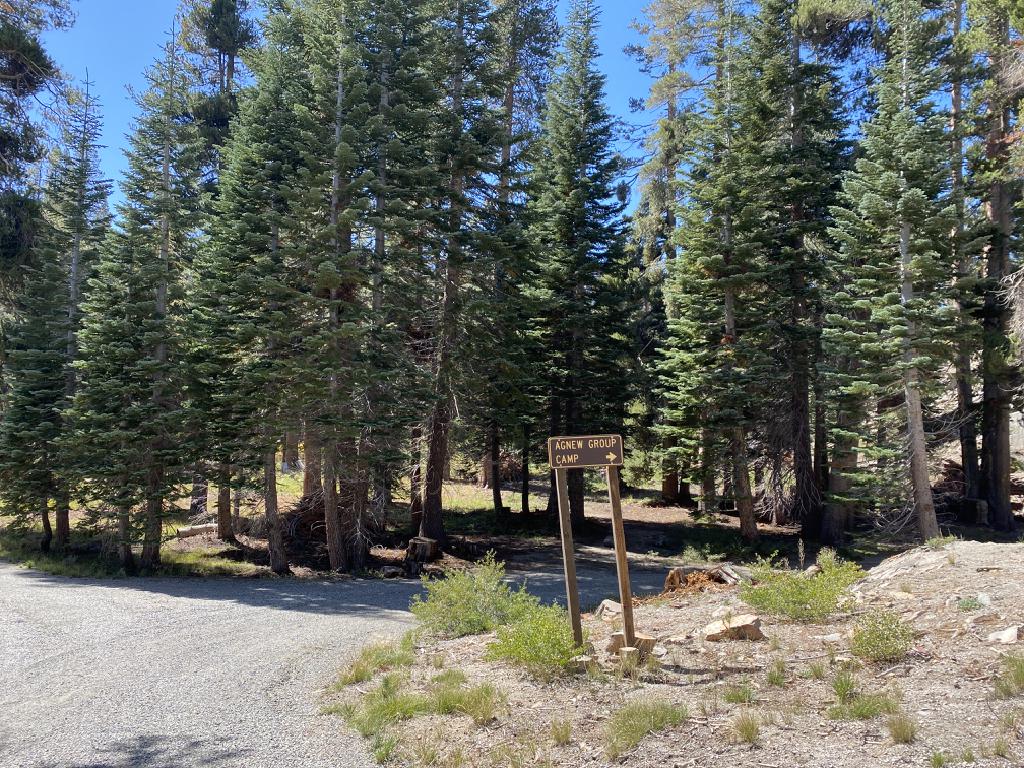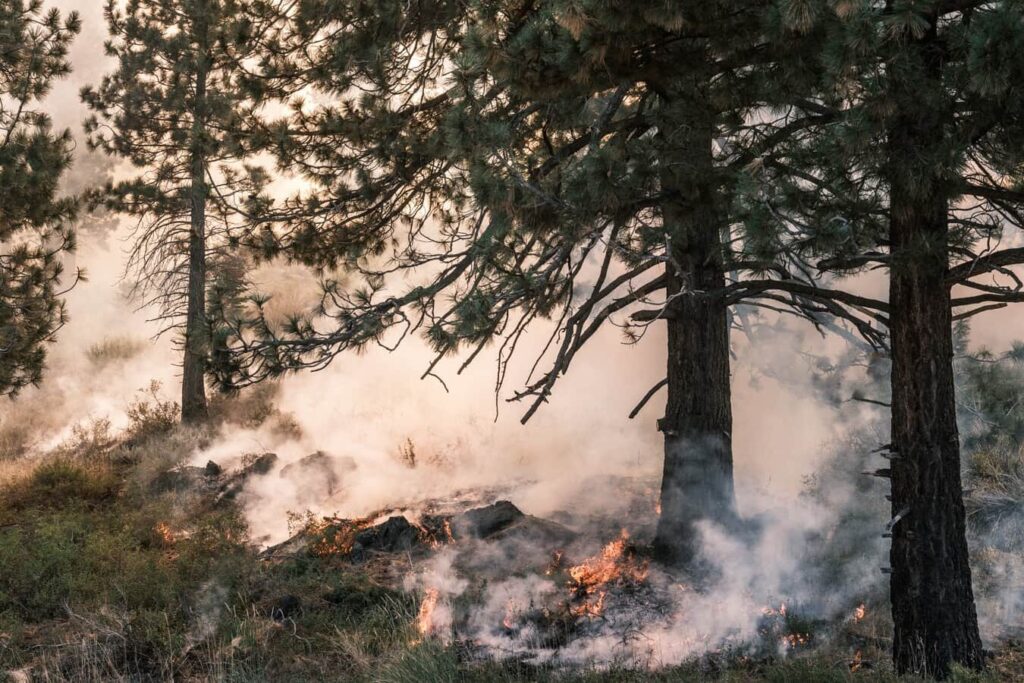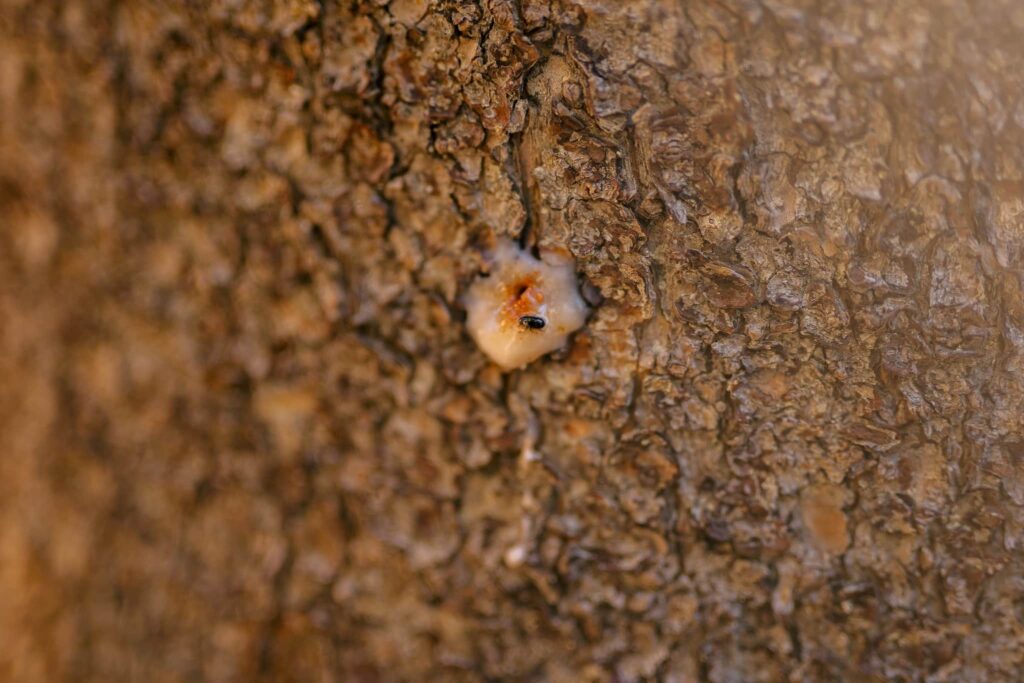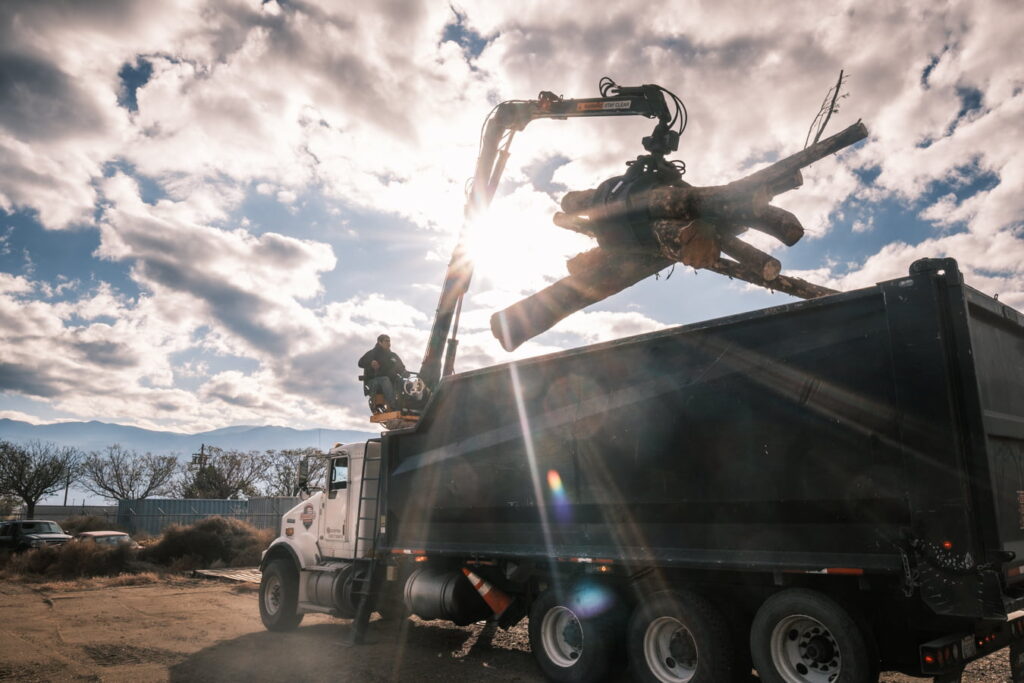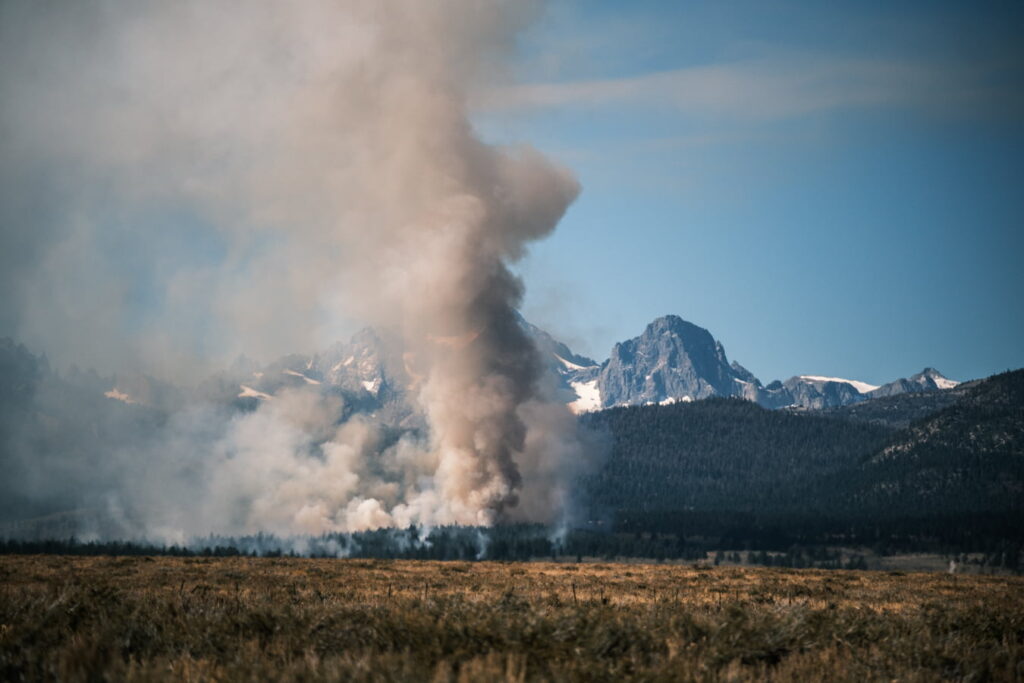We don’t just plan projects — we make them happen.
Our commitment goes beyond the blueprint stage, to real, on-the-ground action, driving ecological thinning, restoration, and fuels reduction where it’s needed most.
The treatments that we fund and implement support diverse plant and wildlife species, habitats, and watershed health, all while prioritizing ecological integrity. We collaborate closely with skilled contractors and land managers to implement treatment activities that are effective.
Our Work Includes
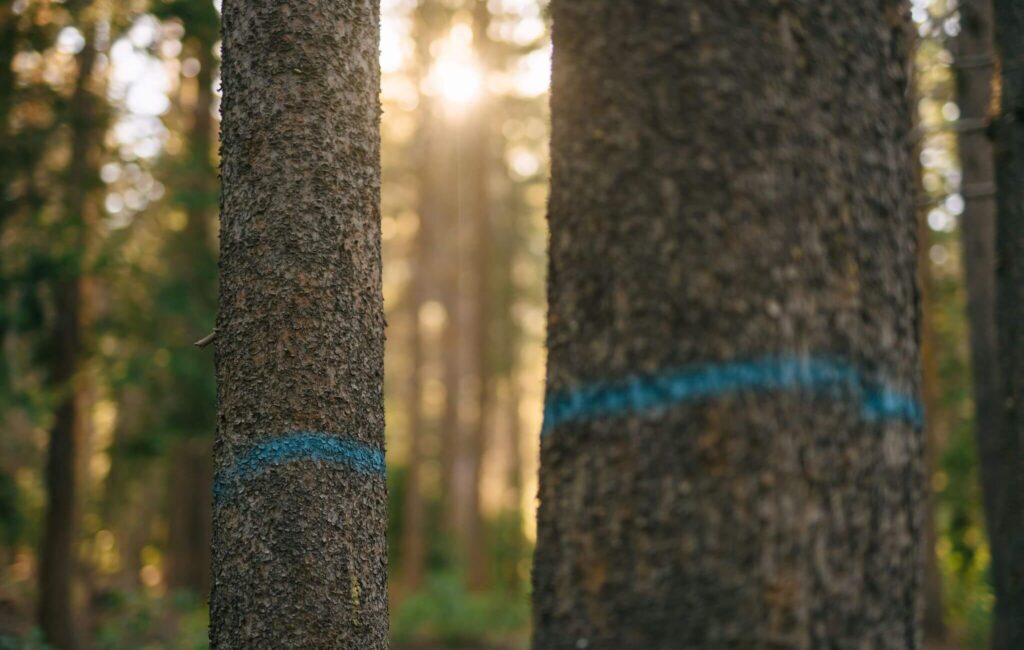
Ecological Thinning and Encroaching Conifer Removal
We use scientific models to guide thinning of overly dense forests, improving tree health, ecosystem resilience, and reducing wildfire risk. Thinning promotes tree growth, strengthens ecosystems, and supports recovery from disturbances. Additionally, removing conifers encroaching on meadows, aspen stands, and sagebrush steppe restores ecosystem health and enhances sensitive habitats. Our thinning projects also address dead trees and surface fuels, further reducing wildfire risk.
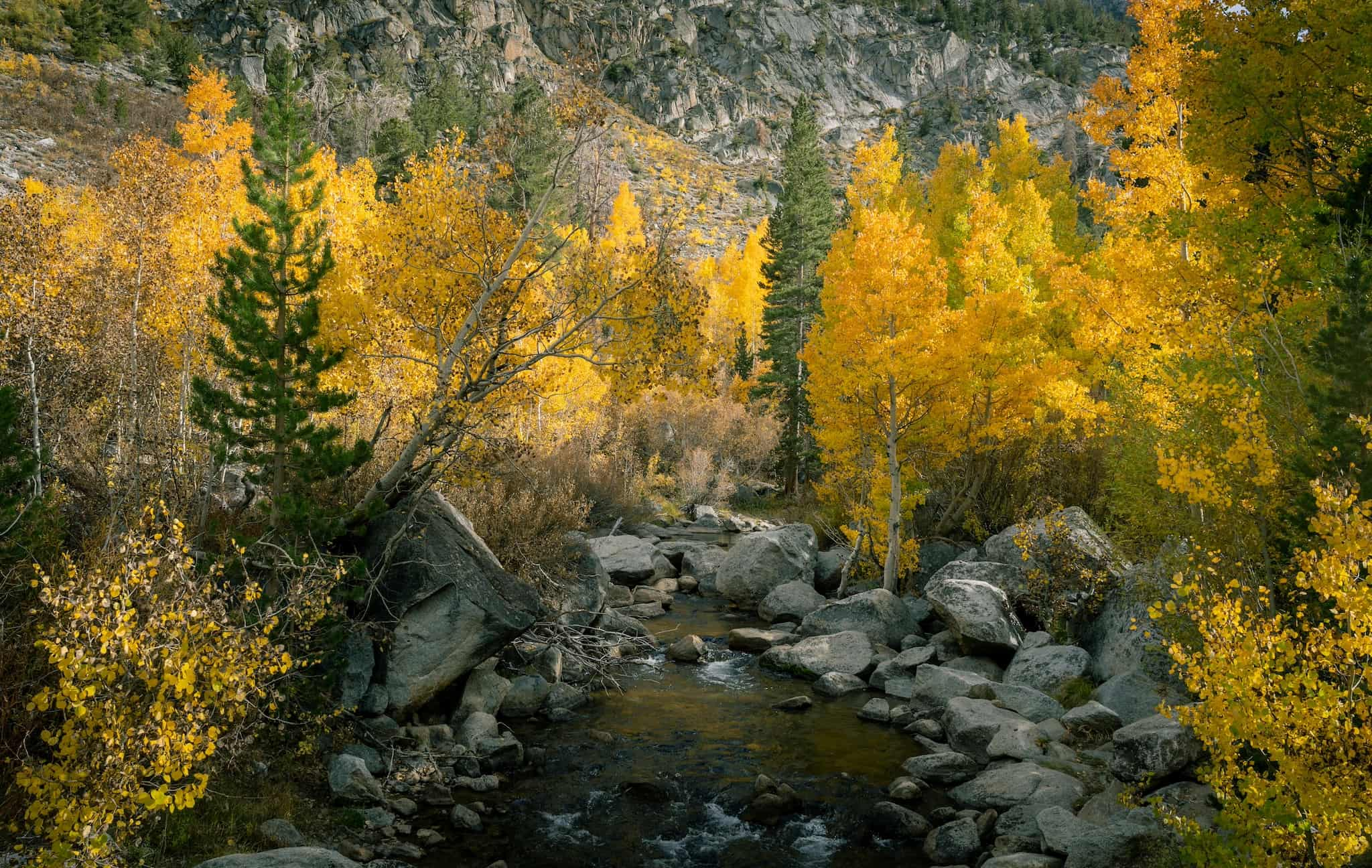
Adaptive Management
We take a dynamic approach to landscape stewardship, closely monitoring conditions and employing useful technologies to adapt treatments to ongoing stressors from climate change, pests, and disease outbreaks. This approach allows us to respond to real-time conditions and assess the effectiveness of treatments while remaining aligned with environmental planning and goals.
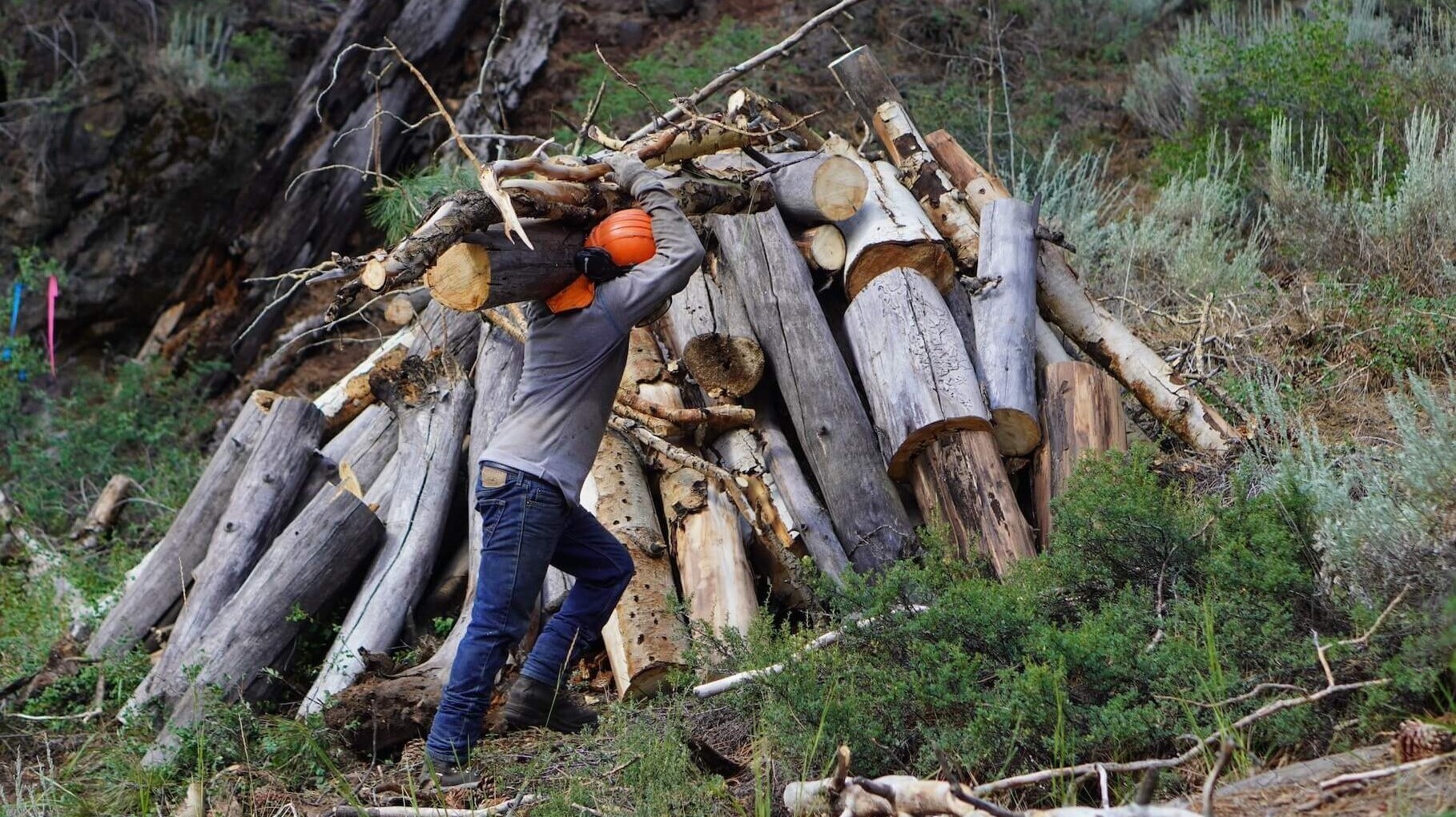
Preparing for Beneficial Fire
By restoring forest structure and reducing fuel loads, we lay the groundwork for the safe reintroduction of beneficial, low-intensity fires, which play a critical role in ecosystem health by promoting biodiversity, forest heterogeneity, and nutrient cycling. We actively support prescribed fire operations by providing funding and resources to agencies like the U.S. Forest Service and local fire departments, who take the lead on implementation and management.
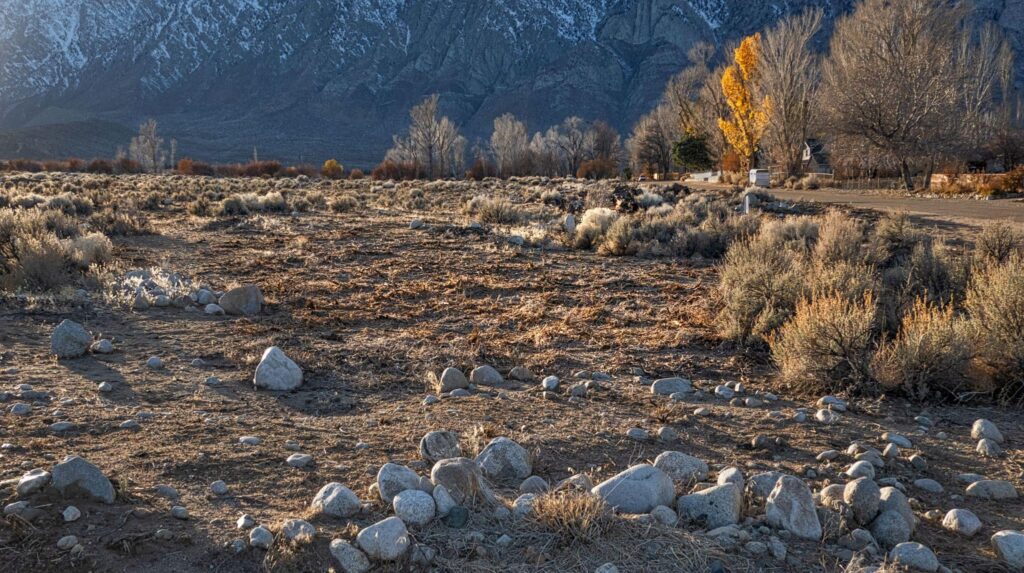
Community Fuel Reduction
We support resilience in the wildland urban interface (WUI) by helping reduce hazardous fuel loads in areas adjacent to homes and infrastructure. We work with communities to create fuel breaks, reduce excess fuels, and remove dead and diseased vegetation to better prepare for wildfire. We are building our depth of knowledge to focus on how we can best serve communities beyond forested ecosystems throughout the Eastern Sierra.
By strategically thinning trees and managing fuel loads, we enhance ecosystem health and strengthen resilience against the growing threats of wildfire and a changing climate.
See Our Work in Action
Before and after thinning treatments in the Reds Meadow Valley.
